Category: Building
-

Sennyuji Temple
Nestled in the serene Higashiyama district of Kyoto, Sennyuji Temple, known as “Mitera,” offers a tranquil retreat. Founded in the 9th century, this temple is a significant site for cultural heritage and historical art. This temple is the head temple of Sennyuji Sect of Shingon School of buddhism. Official WEB site Historical Significance Sennyuji has…
-
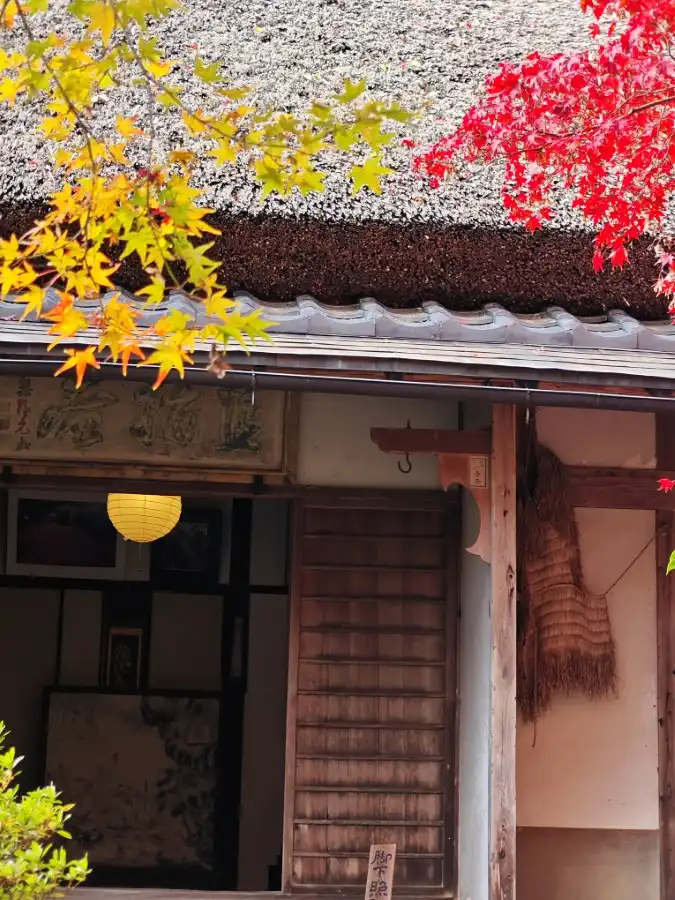
Jikishian Temple (直指庵)
Discover Kyoto’s hidden treasure, Jikishian Temple, nestled in the serene hills of Sagano. Founded in 1646, this historic site reveals the rich legacy of Obaku Zen. Renewed during the Edo period, it boasts a reed-thatched main hall, Aiai Jizo statues for luck in marriage, and vibrant seasonal foliage, especially during fall. Embrace the tranquility of…
-
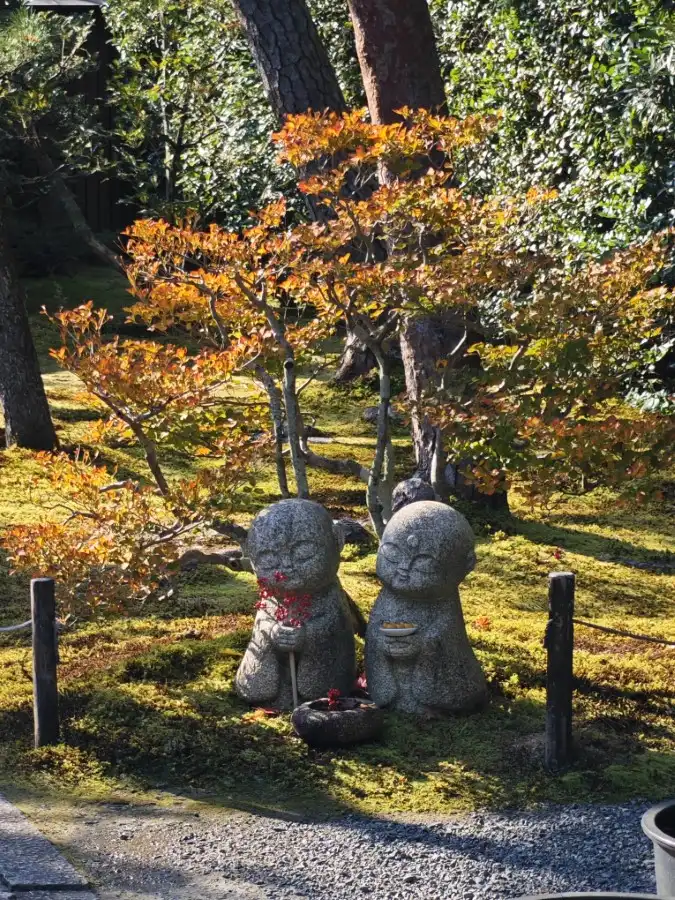
Daiou-in Temple, Myoshinji (大雄院)
Daiou-in Temple, nestled within the serene grounds of Myoshin-ji Temple in Kyoto, beckons visitors with a rich history dating back to 1603. Founded by Ishikawa Mitsutada in memory of his ill-fated father, the temple unfolds a captivating tale of love and political intrigue. Mitsutada’s mother, Okame-no-Kata, caught the eye of Tokugawa Ieyasu, resulting in the…
-
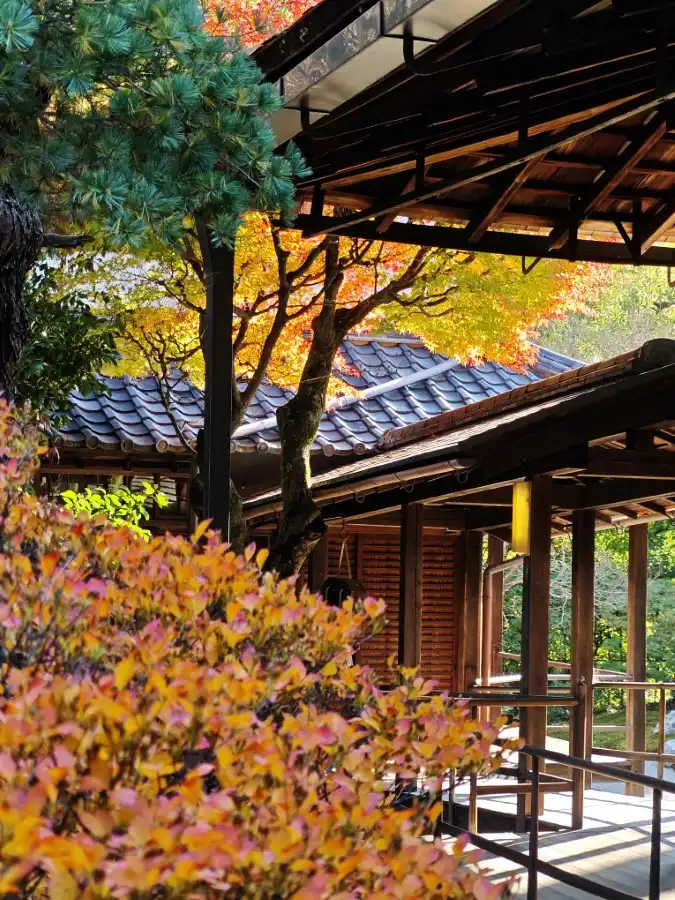
Daishin-in Temple (大心院), Myoshinji
Nestled within the historic Myoshinji Temple complex in Kyoto, Daishin-in Temple beckons as a hidden gem. Operating a unique lodging house, it retains the essence of its past when monks from across Japan sought refuge here. Open year-round to visitors, Daishin-in boasts a rich history dating back to 1479. The main hall, entrance, and a…
-
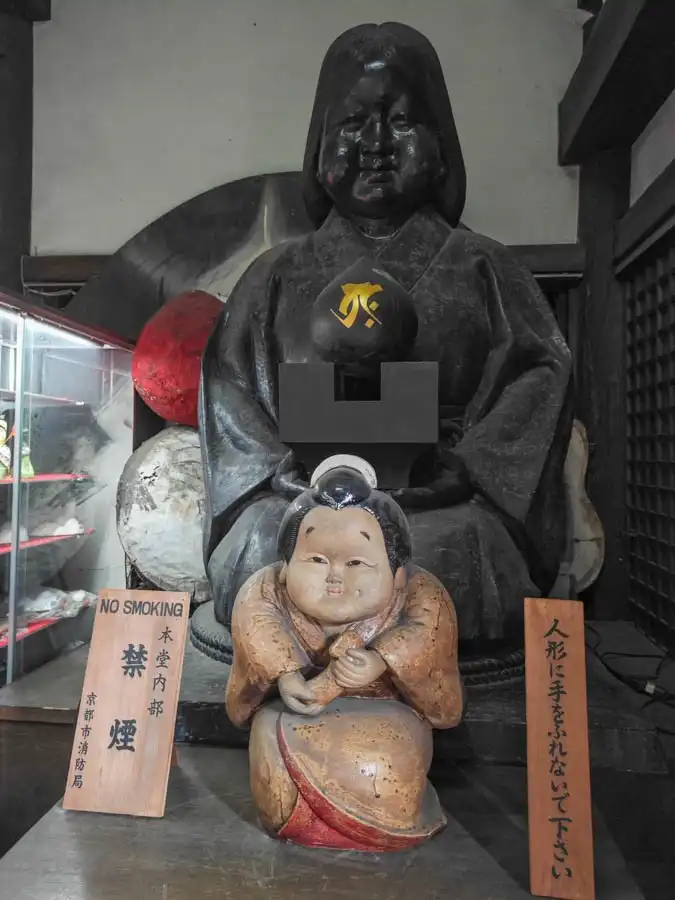
Daihouonji Temple (大報恩寺)-Senbon Shakado
Daihouonji Temple, known as Shakado, is a hidden gem in Kyoto, founded in 1221. The awe-inspiring main hall, a national treasure, miraculously withstood historical wars like the Onin War, showcasing scars from that era. The Reihouden Museum within houses ancient artifacts, including the Standing Thousand-Armed Avalokitesvara Bodhisattva, older than the temple itself. Notably, the Roku-kannon…
-
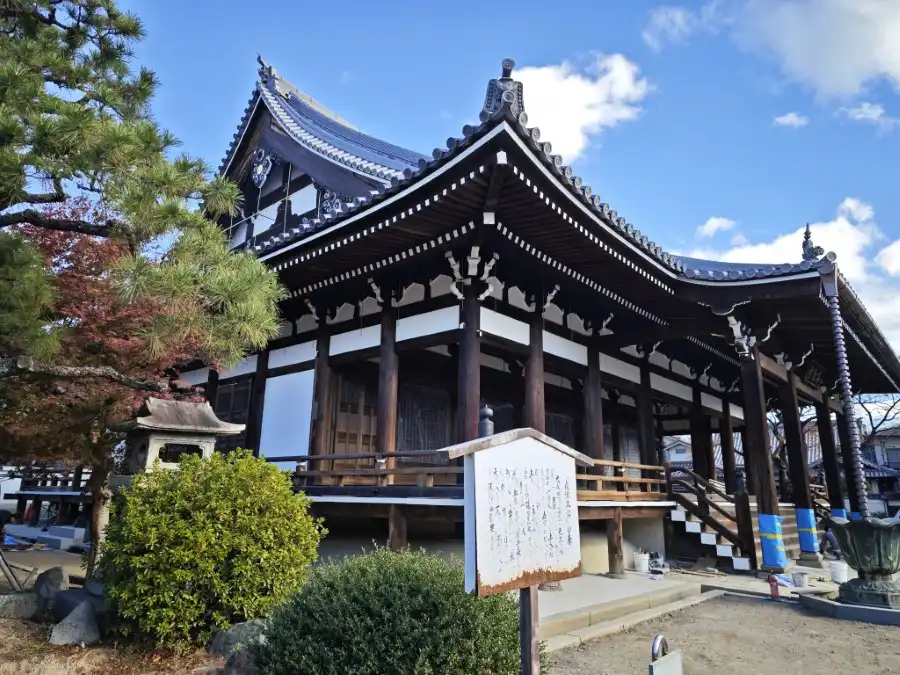
Honryuji Temple (本隆寺)
Discover the rich history and serene beauty of Honryuji Temple, the prestigious head temple of the Hokke school of Buddhism in Kyoto’s Nishijin district. Originally founded in 1488 by Nichishin Daikasho, the temple has withstood challenges, including religious wars and fires, earning it the nickname “the temple that never burns down.” Amidst modern changes, Honryuji…
-
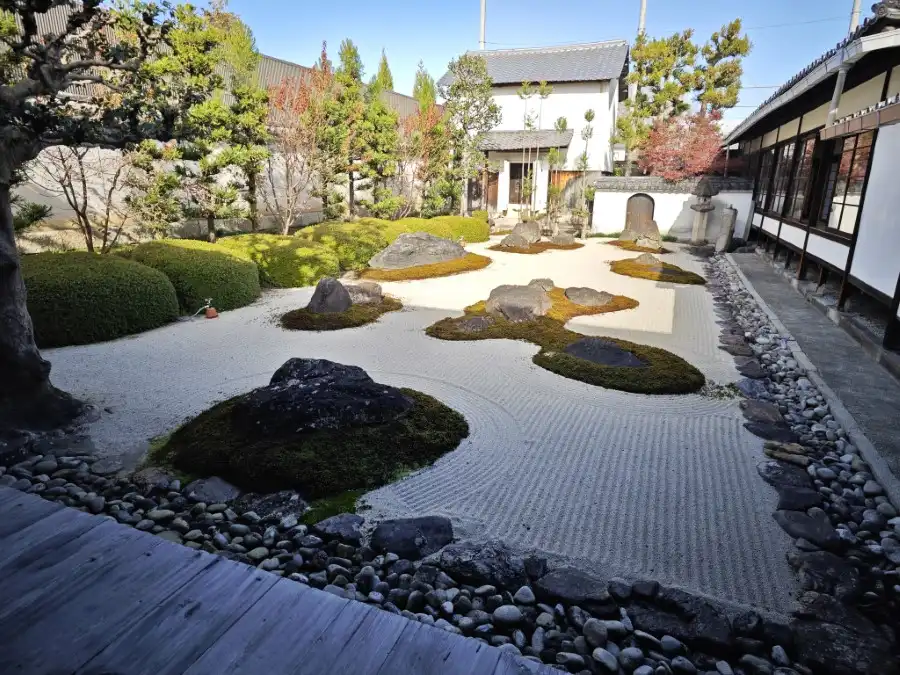
Myorenji Temple (妙蓮寺)
Nestled in Kyoto, Myorenji Temple, founded in 1294, is a sanctuary of tranquility and cultural richness. As the head temple of the Honmon Hokke school of Buddhism, it boasts a storied past marked by resilience against attacks in 1536. Rebuilt in 1542 and relocated by Toyotomi Hideyoshi in 1587, the temple now stands as a…
-
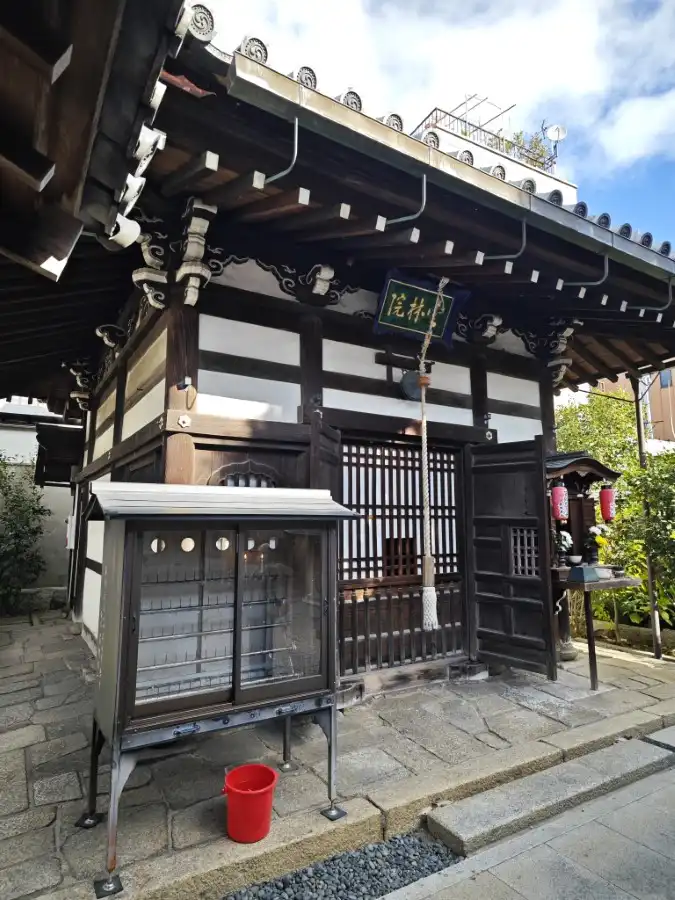
Unrin-in Temple (雲林院)
Today, Unrin-in Temple has only a small hall on the opposite side of the road from Daitokuji Temple and is virtually unvisited. However, this site is an important historical site in Murasakino Area during the Heian period. At that time, this area was a vast wilderness where hunting was conducted. Emperor Junna (reigned 823-833) built…
-
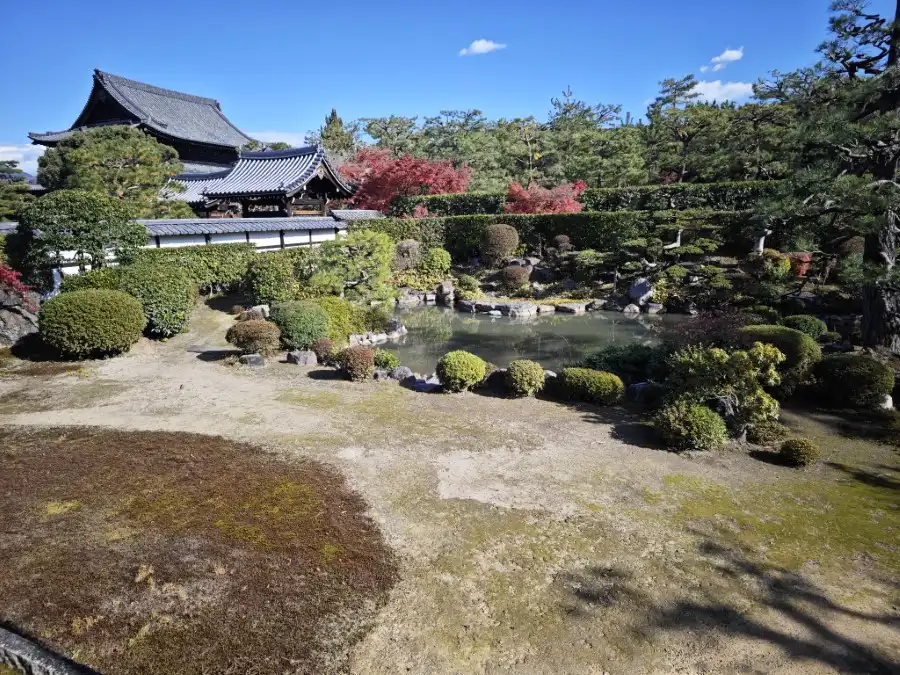
Kyushoin Temple (久昌院), Kenninji
Kyushoin Temple is one of the sub-temples of Kenninji Temple and is located in the precincts of Kenninji Temple. It is the family temple of the Okudaira clan, founded in 1608 by Nobumasa Okudaira. He was the first lord of the Kano Han. It is said that Kyushoin was named after Nobumasa’s Buddhist name. This…
-
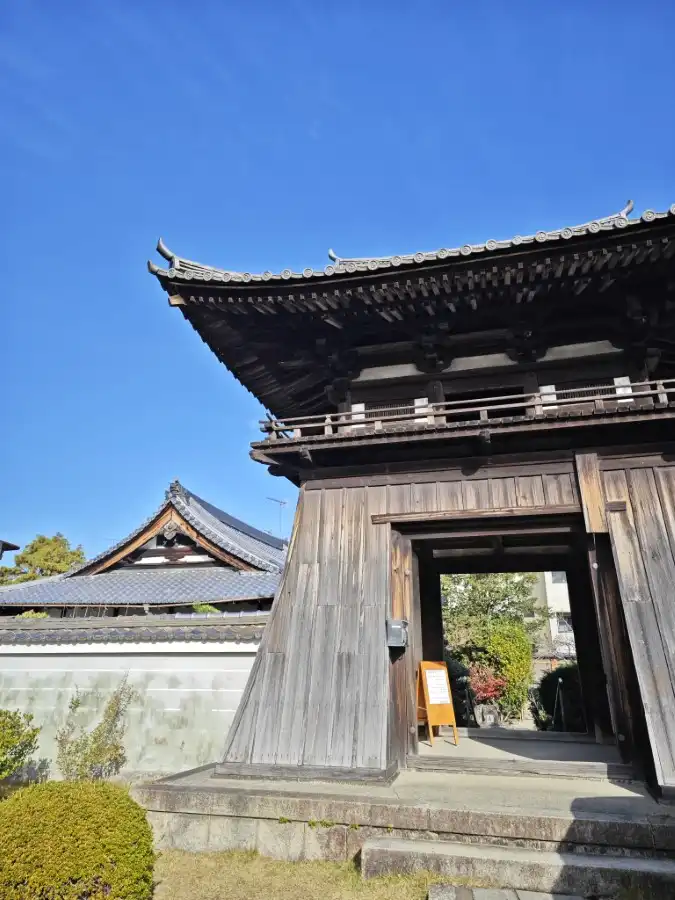
Manjuji Temple (萬寿寺)
Manjuji Temple, located near Tofukuji Station, is a temple of the Rinzai sect of Zen Buddhism. It is one of the sub-temple of nearby Tofukuji Temple. It was once one of the five temples (Gozan) of Kyoto, along with Tenryuji Temple, Shokokuji Temple, Kenninji Temple, and Tofukuji Temple. But it declined after a fire in…
-
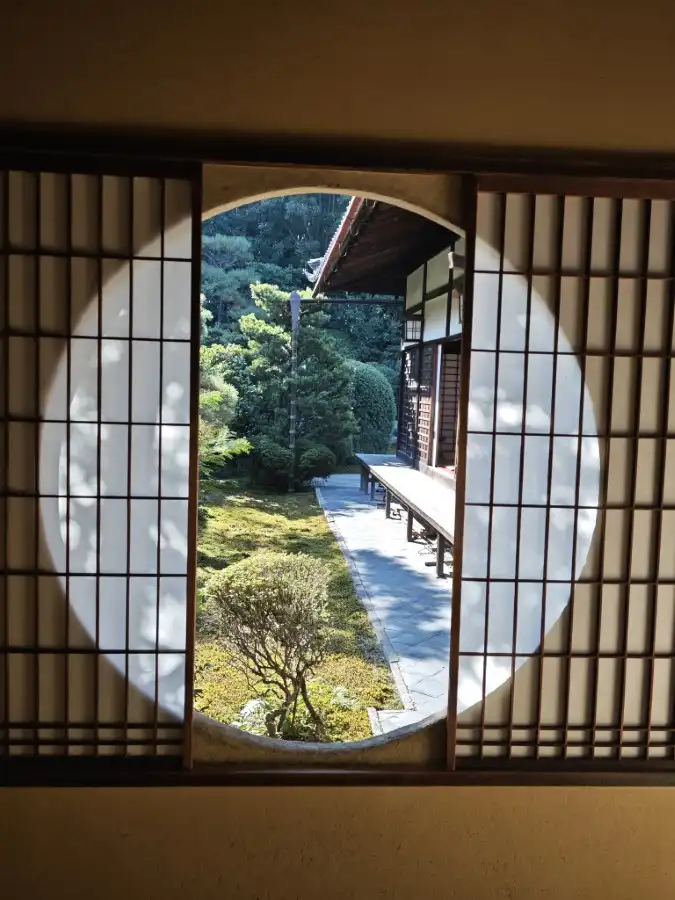
Fundain Temple (芬陀院), Tofukuji
If you are tired of the crowds at Tofukuji Temple, visit the nearby Fundain Temple, one of Tofukuji’s sub-temples. You can enjoy matcha green tea in front of a tranquil Zen garden. This temple is open to the public all year round. Fundain Temple is known as “Sesshu Temple” because of its famous garden by…
-
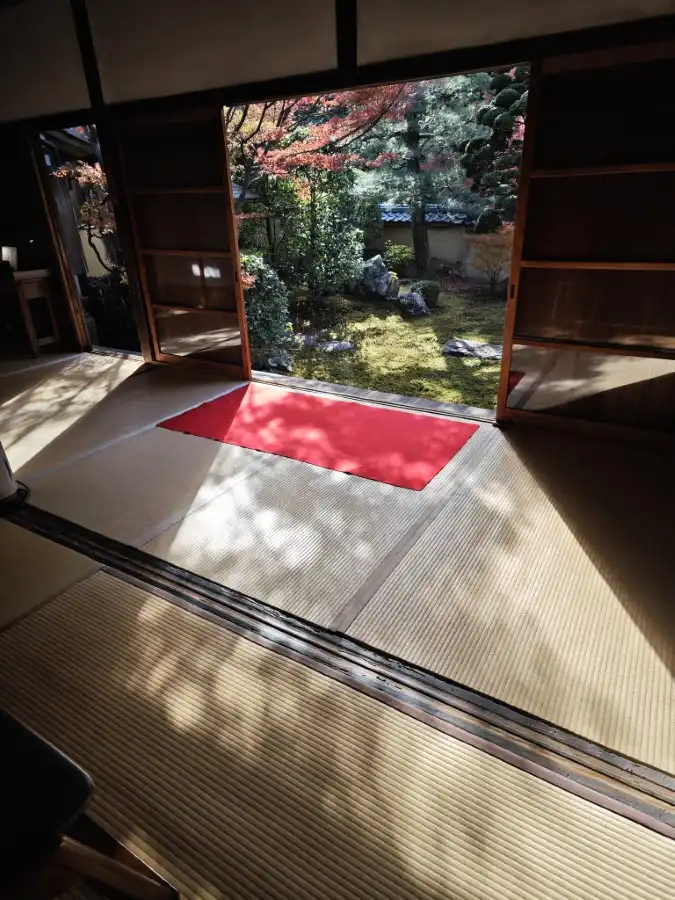
Tentokuin Temple (天得院), Tofukuji
Tentokuin Temple is one of the sub-temple of Tofukuji Temple. The temple was founded by monk Mumu Issei, the 30th abbot of Tofukuji Temple, during the Shohei Era (1346-1370) of the Northern and Southern Dynasties. At that time, the temple was one of the five important sub-temples of Tofukuji Temple and boasted of its prosperity.…
-
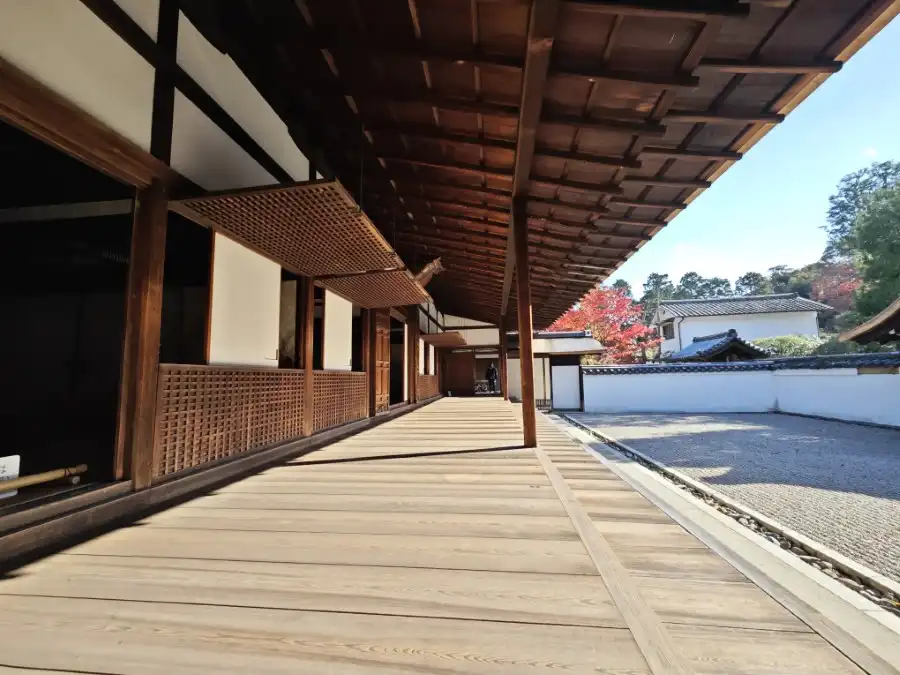
Ryogin-an, Tofukuji (龍吟庵)
Nestled near Tofukuji Temple, Kyoto’s Ryogin-an beckons with historic charm. Home to Daimin Kokushi’s residence, it boasts Japan’s oldest Hojo, a national treasure with elegant shoin-zukuri and shinden-zukuri styles. The Kaisando-Do holds Daimei Kokushi’s statue and remains, designated as Important Cultural Properties. Renowned for its three gardens, Shigemori Mirei’s creations captivate, from the ceremonial “Garden…
-
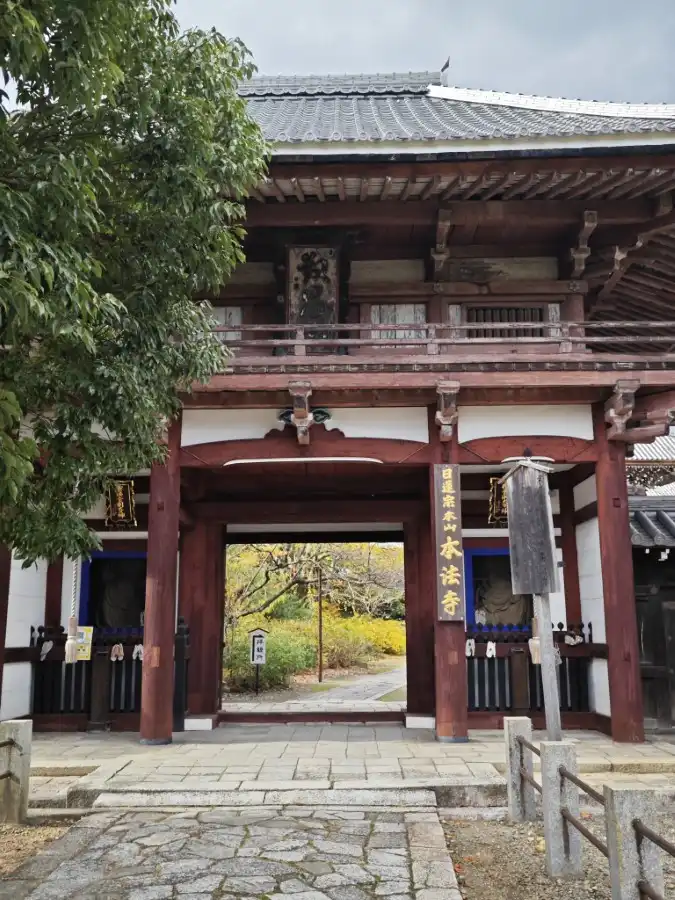
Honpouji Temple (本法寺)
If you are walking along Ogawa Dori in Kyoto, Honpouji Temple is the Niomon gate facing the street. It is a temple with a quaint appearance. Muromachi period Nisshin Shonin (1407-88), a Nichiren Shoshu priest active in the Muromachi period (1336-1573), founded Honpouji Temple. It is the head temple of Nichiren Shoshu. The exact date…
-
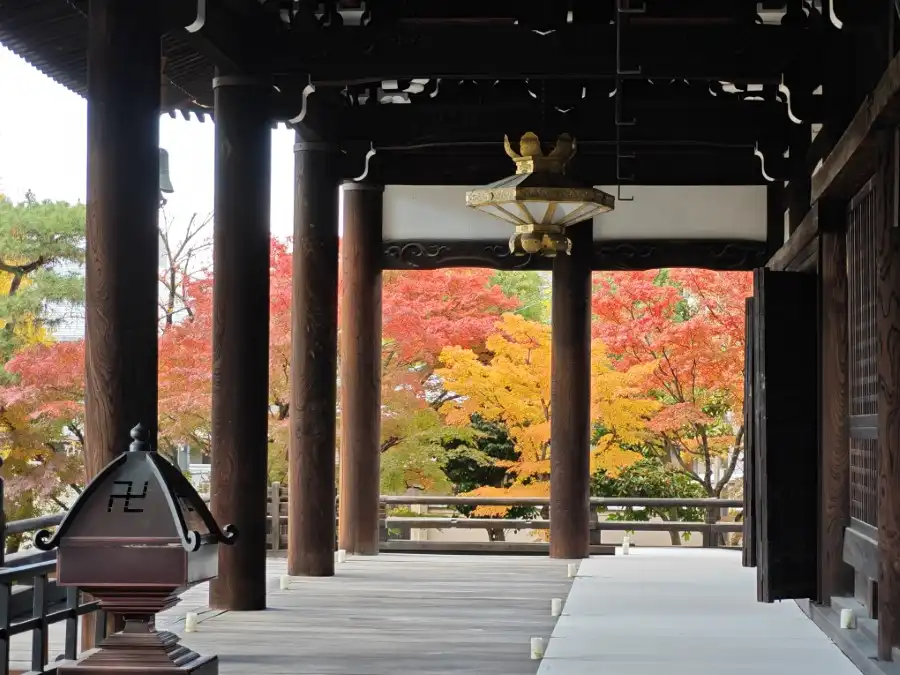
Myokenji Temple (妙顯寺)
Embark on a journey through history and spirituality at Myokenji Temple, the heart of Nichiren Shu in Kyoto’s Kamigyo-ku. Founded in 1321 by Nichizo, a missionary bestowed land by Emperor Godaigo, the temple became the fundamental Hokke school sanctuary in Kyoto. Despite challenges, including attacks by the Hieizan Enryakuji sect, the temple persevered. Today, Myokenji…
-
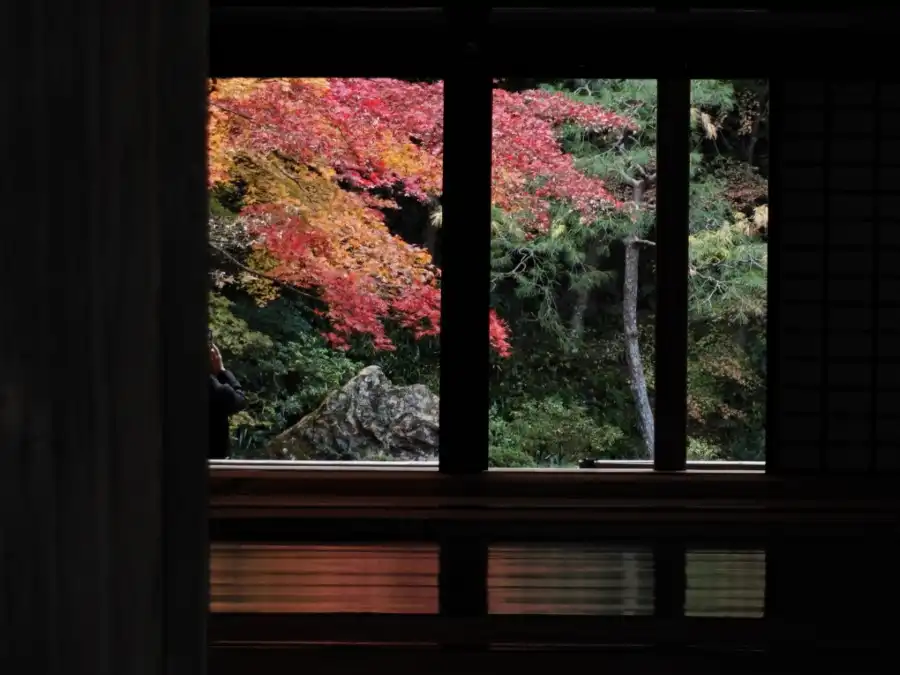
Nanzenin Temple, Nanzenji (南禅院)
Nanzenin Temple, nestled on a hill from Nanzenji Temple, Kyoto, bears historical significance as the former detached palace of Emperor Kameyama, who retired to become a Buddhist monk in 1289. The entrance, reached through the Suirokaku water bridge, unveils a serene hall and an enchanting garden. Designed in the late Kamakura period, the garden exudes…
-
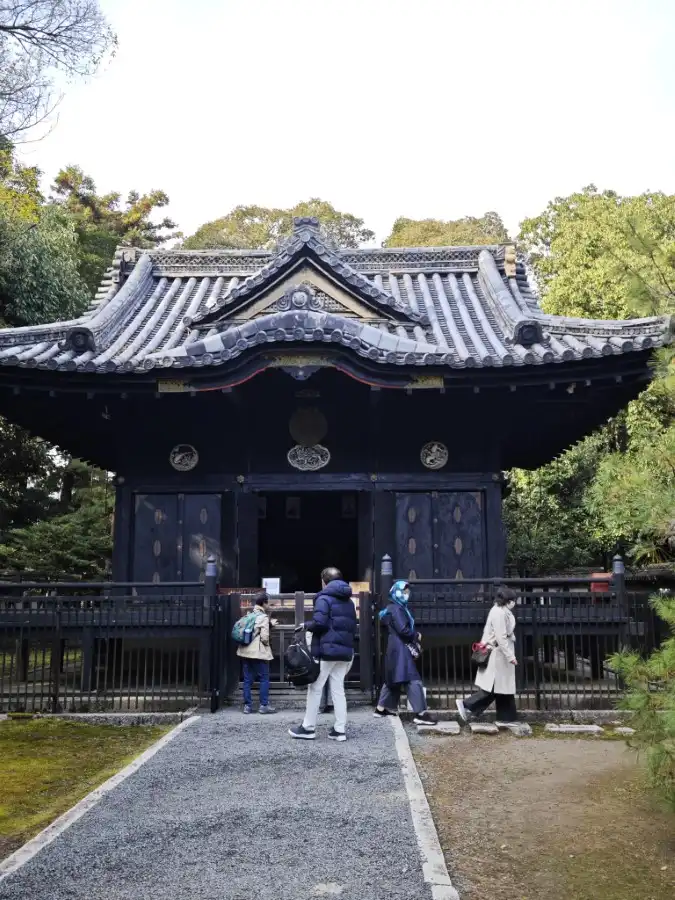
Konchi-in Temple, Nanzenji (金地院)
Nestled within Kyoto’s historic treasures, Konchi-in Temple, a sub-temple of Nanzenji, is a haven of rich history and cultural significance. Established in the early Edo period, it played a pivotal role in Tokugawa Ieyasu’s administration, earning the monk Ishin Suden the moniker “The Prime Minister in Black.” The temple boasts an Important Cultural Property, the…
-
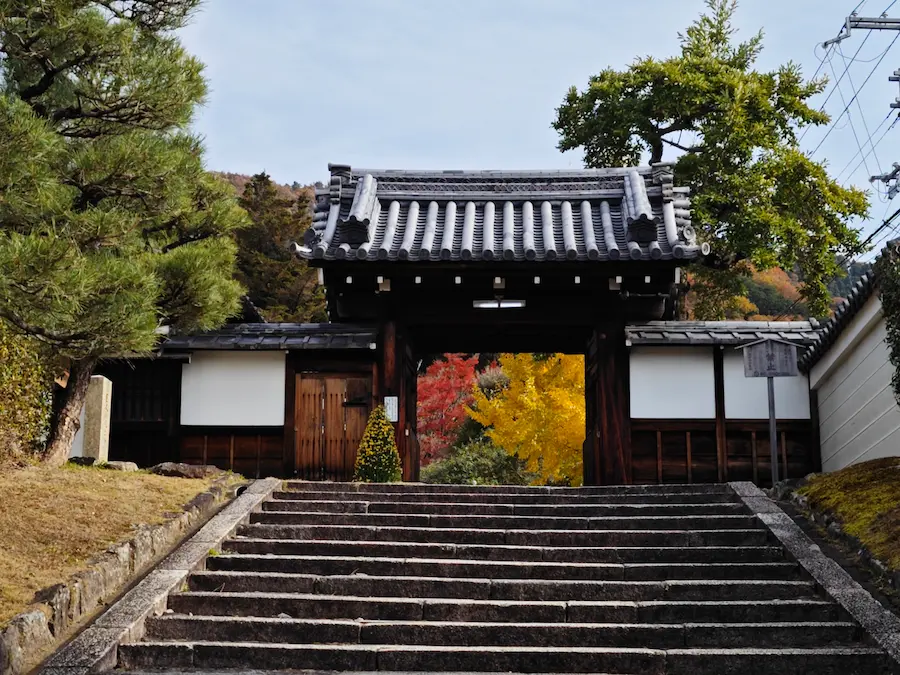
Reikanji Temple (霊鑑寺)
Nestled in Kyoto’s tranquility, Reikanji Temple unveils its splendor to the public for a fleeting two weeks, revealing a hidden gem seldom explored by foreign tourists. Founded in 1654, this Rinzai sect temple holds imperial lineage, its main hall a gift from Tokugawa Ienari. The exquisite Shoin, once an imperial palace, beckons with its tailored…
-
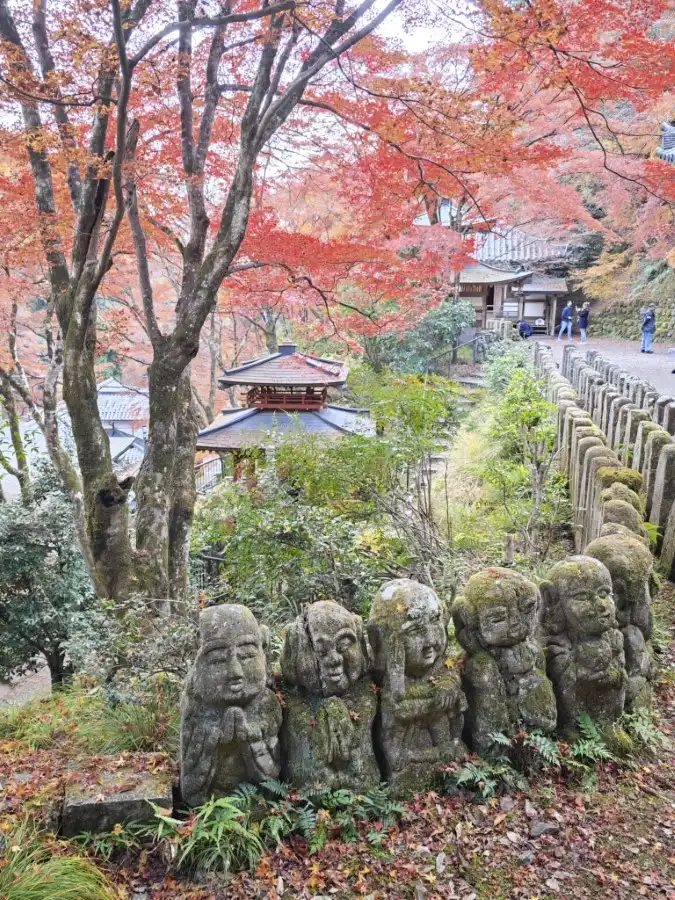
Otagi Nenbutsuji Temple (愛宕念仏寺)
Otagi Nenbutsuji Temple is often confused with Adashino Nenbutsuji Temple. But these two Nenbutsuji Temples are completely different temples. Adashino Nenbutsuji Temple is located in the middle of Saga Toriimoto Preserved Street, while Otagi Nenbutsuji Temple is further up the mountain, past the first torii of Atago Jinja Shrine. In the Nara Period (766), Emperor…
-
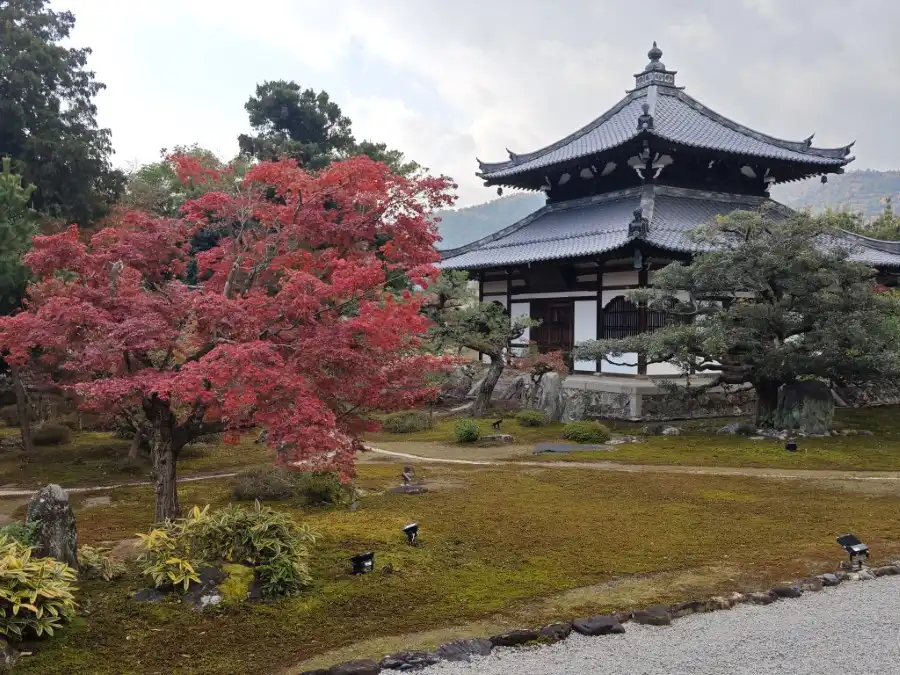
Rokuouin Temple (鹿王院)
Although not far from Arashiyama, where so many tourists visit, Rokuouin is a quiet temple where you will rarely see foreign tourists. Entrance gate The gate to enter the temple is a gabled gate with a tile roof. It is the only Zen temple gate with a main pillar rising to the ridge. The gate…
-
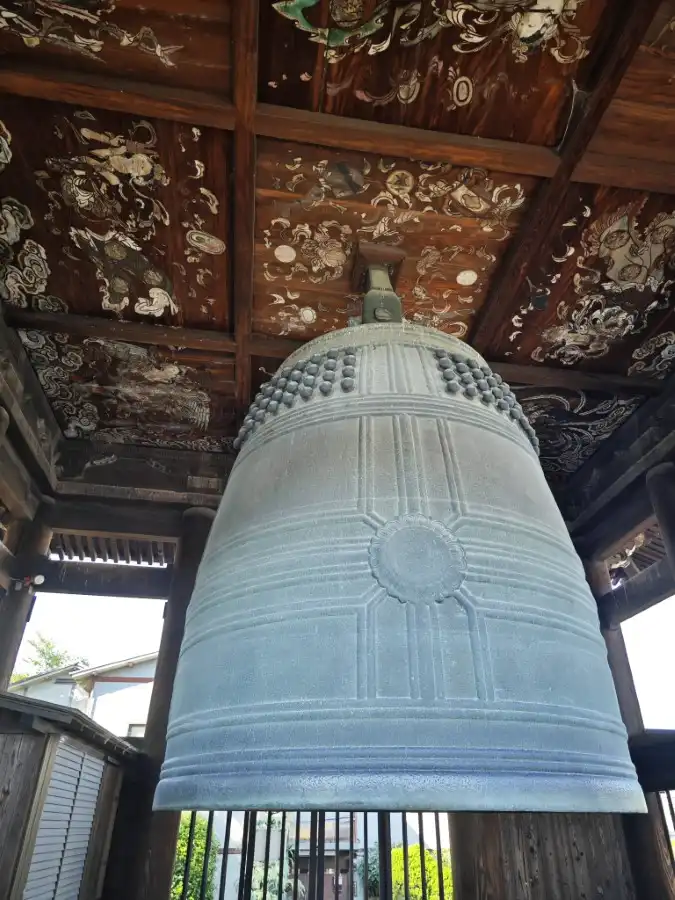
Hokoji Temple (方広寺)
The Daibutsuden (Great Buddha Hall) built by Toyotomi Hideyoshi once stood where Hokoji Temple stands today. It is believed to have been built to replace the Great Buddha Hall in Nara, which was destroyed in a war. At that time, the temple was not called Hokoji Temple, but rather a private facility of the Toyotomi…
-

Kyoto National Museum (京都国立博物館)
The Kyoto National Museum was established to collect, house, and exhibit to the public tangible cultural properties as stipulated by the Law for the Protection of Cultural Properties. The museum also conducts related research, surveys, and other projects in order to preserve and utilize these valuable national assets.Source: Museum’s Official WEB site This museum opened…
-
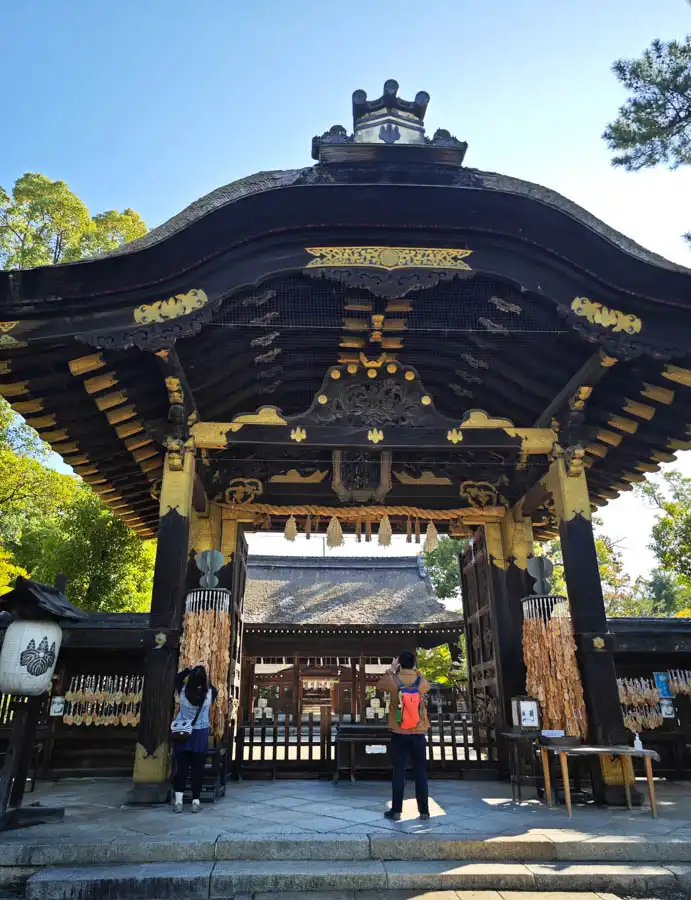
Toyokuni Jinja Shrine (豊国神社)
The head shrine of Toyokuni Jinja Shrines in Japan, which enshrine Toyotomi Hideyoshi. It is a god of success in life and the fulfillment of good marriage. This shrine was originally located halfway up Amidagamine. However, the Tokugawa Shogunate abandoned it after the fall of the Toyotomi family. In 1880, the Meiji government rebuilt the…
-
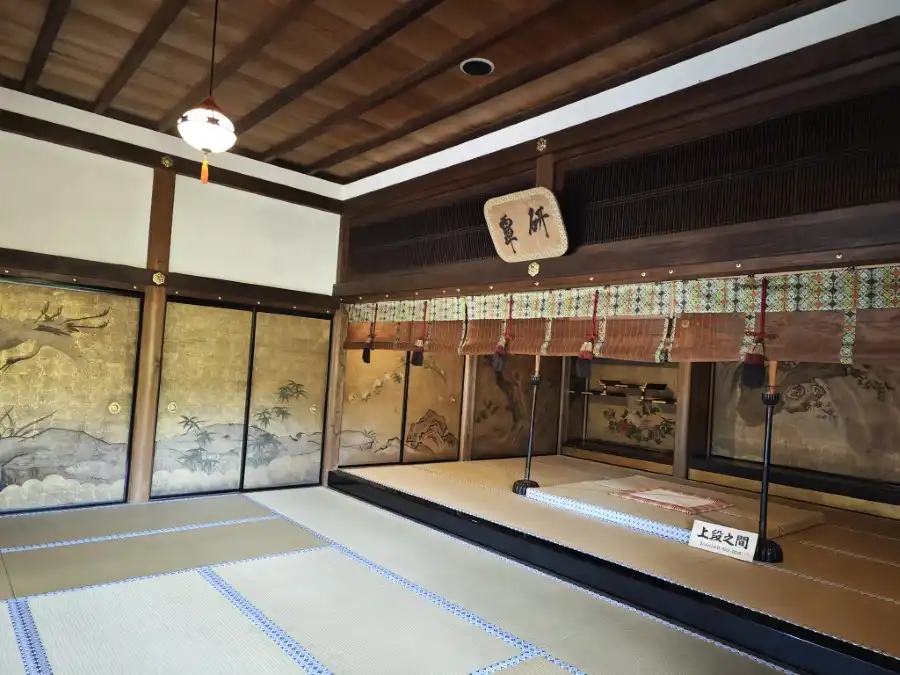
Shougoin Monzeki (聖護院門跡)
The history of Shougoin dates back to 1090. When High Priest Zoyo, who served as a forerunner to Emperor Shirakawa’s visit to Kumano, received the temple. Emperor named it “Shogoin” after his achievement of “protecting the Eucharist”. The temple was later moved from place to place in Kyoto due to warfare and fire, but was…
-
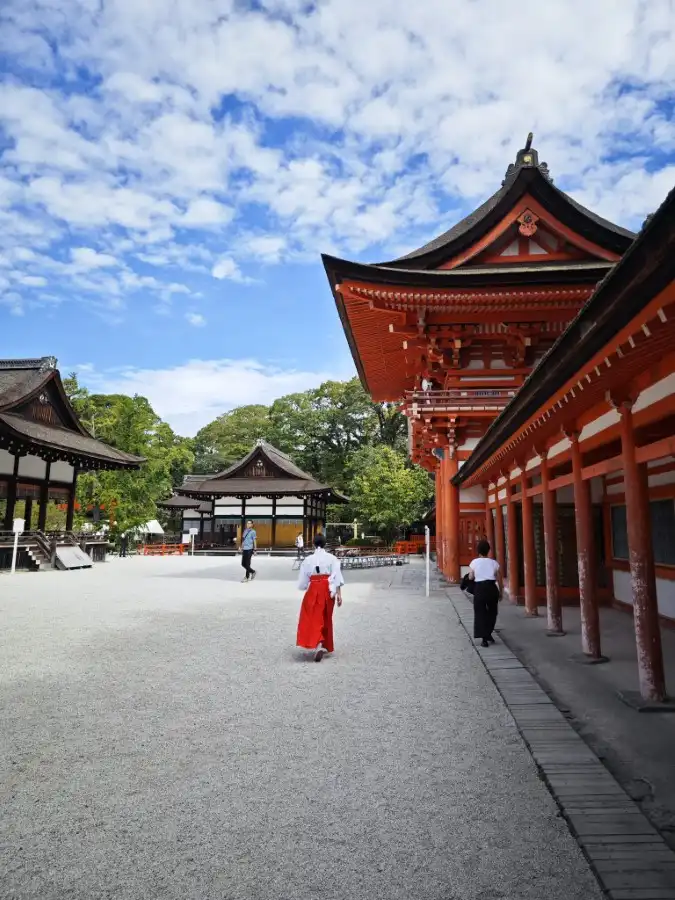
Shimogamo Jinja Shrine (下鴨神社)
Shimogamo Jinja Shrine, together with Kamigamo Jinja Shrine, is definitory one of the most important shrines in Kyoto. Although it doesn’t have an outstanding photo spot like the vermilion torii gate of Fushimi Inari Shrine, its ancient history and forested environment are worth mentioning. In addition, 31 buildings, including the tower gate, dance hall, kimono…
-
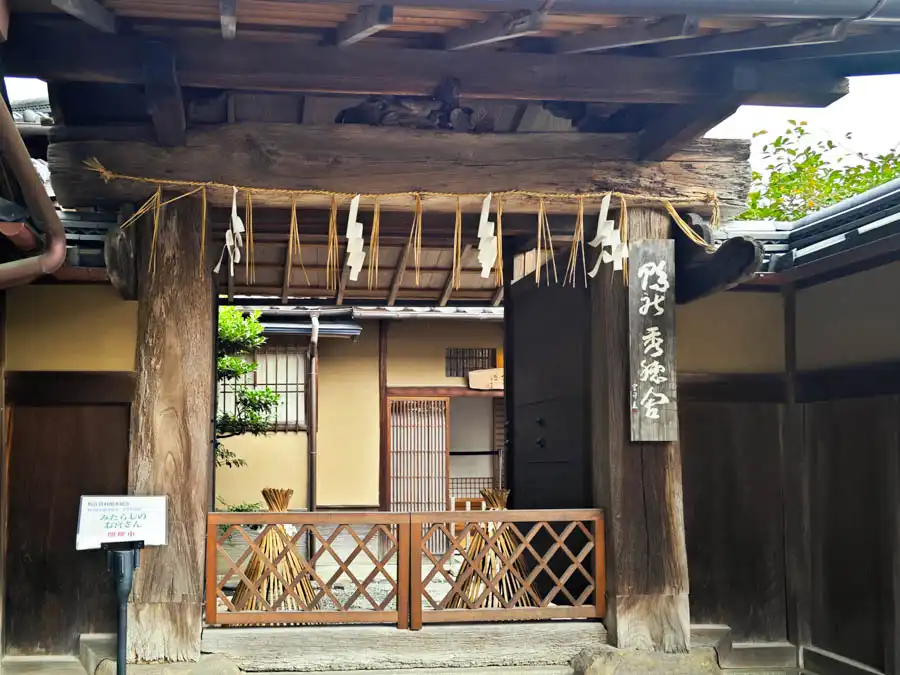
Shusuisha (秀穂舎)
In Shimogamo Miyakawacho (south of Shimogamo Jinja Shrine), there is the Old Asada Family Residence. This is a remnant of “Shake” built in the middle of the Edo period. Currently, the “Shake” building has been maintained and is open to the public as the Kamosha Museum/Shusuisha.” Google map “Shake” refers to the houses of the…
-
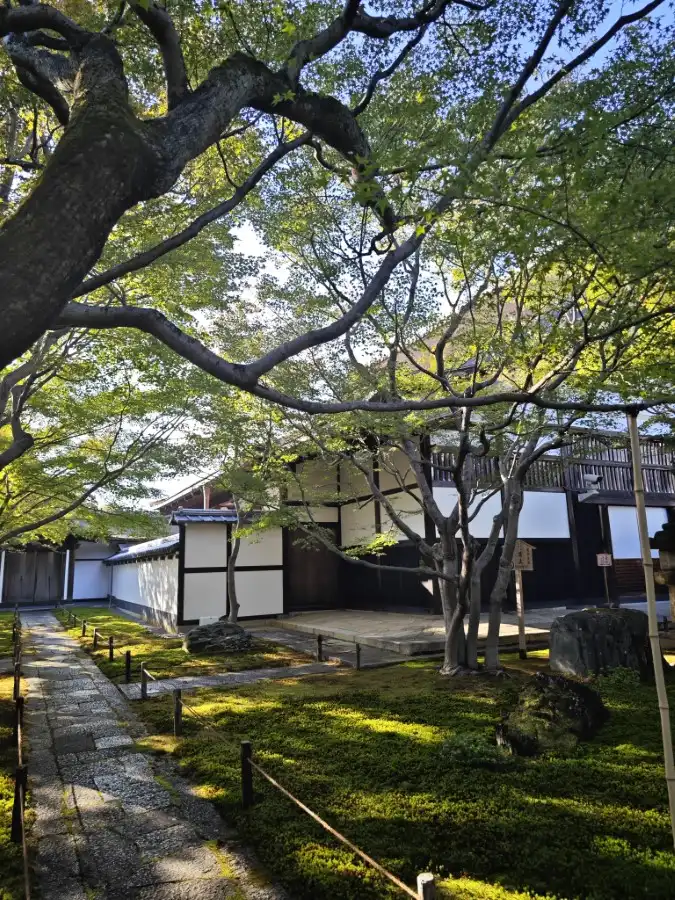
Obai-in temple (黄梅院), Daitokuji
Obai-in temple’s gardens are must see if you have chance. This temple is a real hidden gem in Kyoto. Oda Nobunaga built Obai-an in 1562 as a memorial service for his father, Oda Nobuhide. And it is one of the sub-temples of Daitokuji Temple. After Nobunaga’s sudden death due to the Honnouji Incident, Hideyoshi Hashiba…
-
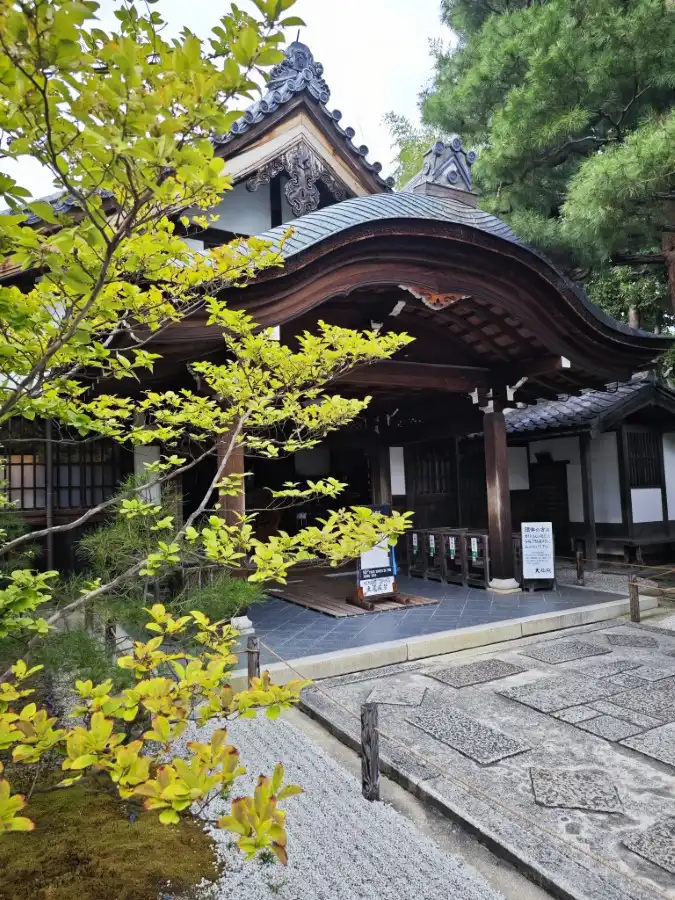
Daisen-in (大仙院), Daitokuji
Daisen-in is the most important sub-temple of Daitokuji Temple. In 1509 Rokkaku Masayori founded Daisen-in. The main hall is the original building. It is one of the oldest remaining Zen sect hojo buildings and is a national treasure. Shoin is an important cultural property. The garden is said to be a rock garden representing Karesansui…
-
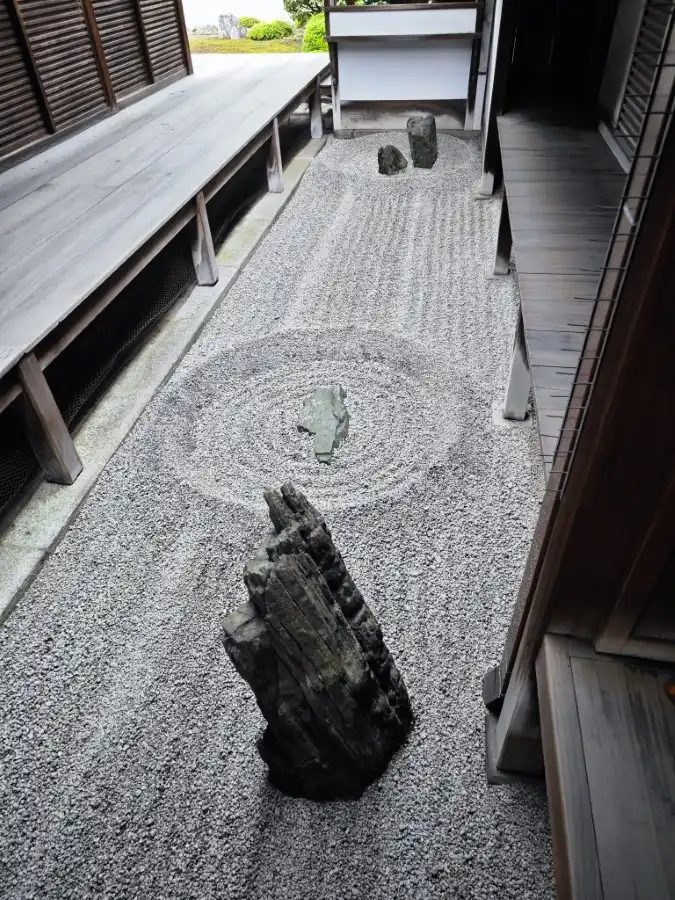
Ryogen-in (龍源院), Daitokuji
Ryogen-in is a sub-temple of Daitokuji Temple. This temple was founded in 1502 by Yoshimoto Hatakeyama, Yoshinaga Otomo, and Yoshioki Ouchi. It is the oldest sub-temple of Daitokuji Temple. This temple is usually open to the public. The original buildings, the Hojo, Karamon, and Omotemon, are important cultural properties. Kyoto City Official Travel Guide Ryogen-in…
-
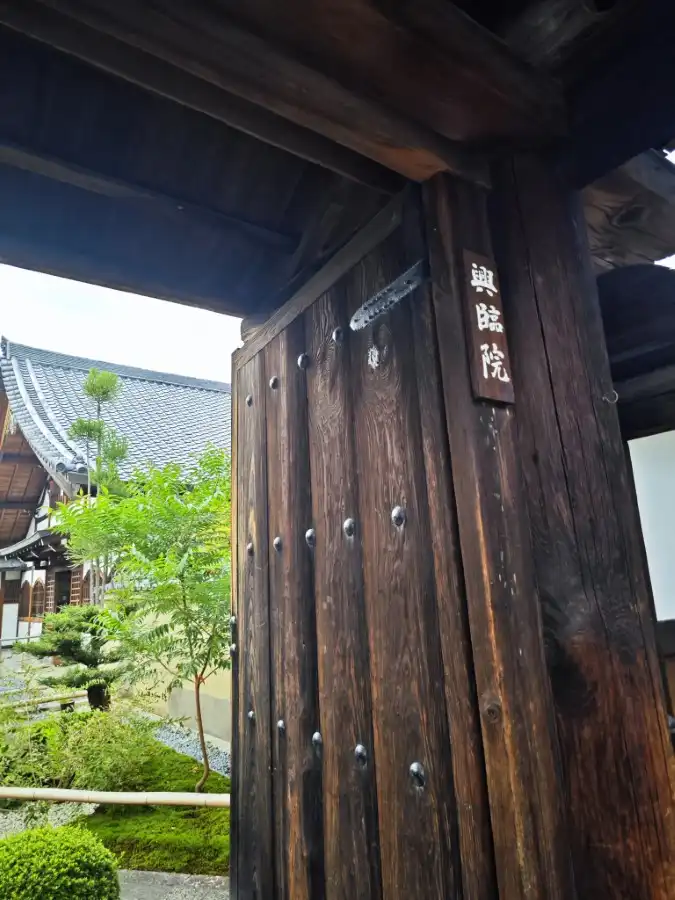
Korin-in (興臨院), Daitokuji
Discover the hidden beauty of Korin-in Temple, a sub-temple of Daitokuji, exclusively open on special days. Established in the 1520s by the Noto Hatakeyama clan, the temple boasts a rich history and cultural significance. The main hall and gates, including the ancient Karamon gate, are cherished cultural properties. Renovated by Toshiie Maeda in 1581, it…
-
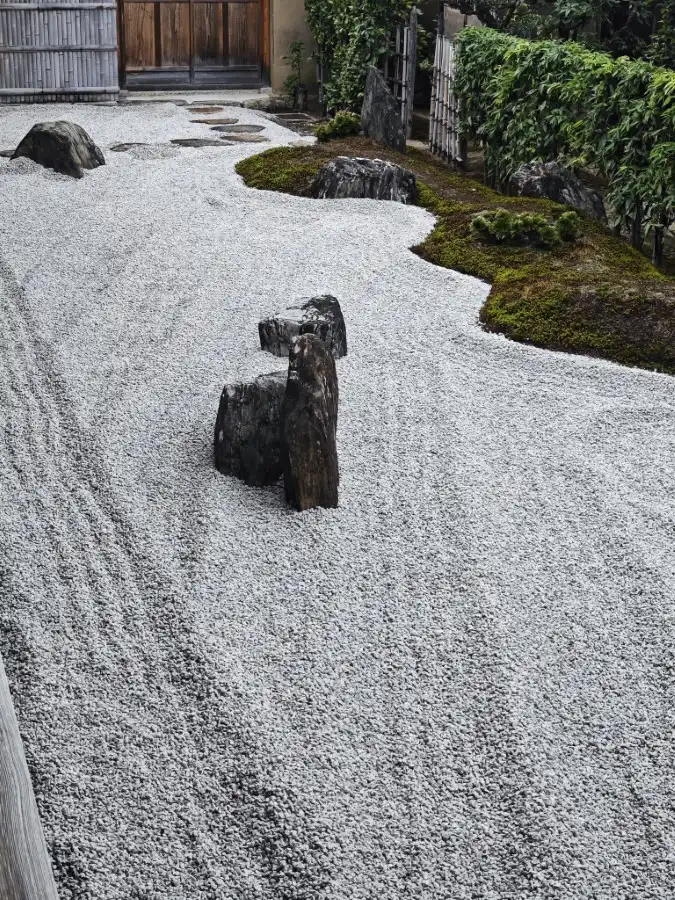
Zuiho-in (瑞峯院), Daitokuji
Zuiho-in is a sub-temple of Daitokuji Temple. This temple is usually open to the public. In 1535, Otomo Sorin, known as a Christian daimyo, built Zuiho-in as the family temple of the Otomo family. The guest hall, front gate, and Karamon gate that remain from the time of its construction are important cultural properties. The…
-
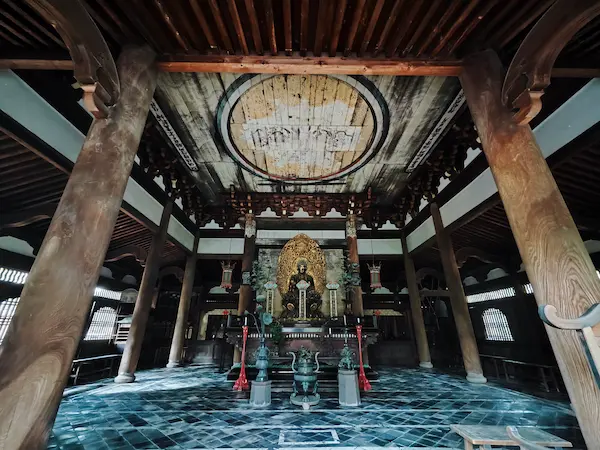
Daitokuji Temple (大徳寺)
The best time to visit Daitokuji is in the fall. Many sub-temples are open to the public in this season. History of Daitokuji Temple Daitokuji Temple is the head temple of the Daitokuji School of the Rinzai sect of Zen Buddhism. It was founded in 1315 at the end of the Kamakura period. Onin War…
-
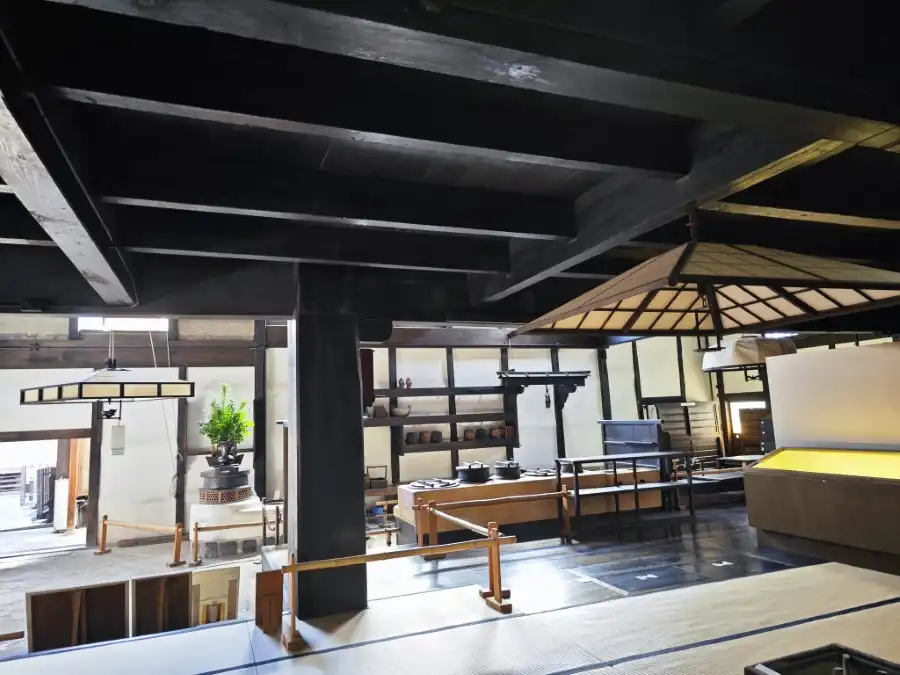
Sumiya (角屋) in Shimabara
Sumiya is an ageya (restaurant/feast facility) that once operated in Kyoto’s Shimabara red-light district (present-day Shimogyo Ward, Kyoto City). Its building has been designated as a national important cultural property. It has been open to the public as the Sumiya Hospitality Culture Museum since 2011. Currently, only the first floor is open to the public.…
-
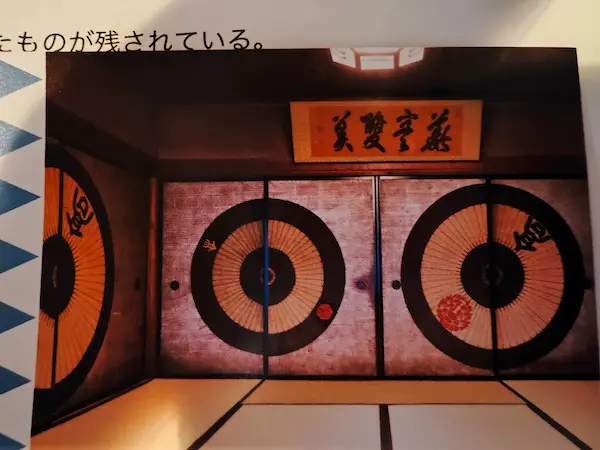
Wachigaiya (輪違屋)
Wachigaiya is usually closed to the public. Shimabara was the only prestigious red-light district in Kyoto that was officially recognized by the Shogunate. Wachigaiya continues to operate today and is the only tea house/okiya in Japan that has its own Tayu. An okiya is like a production house where maiko and geiko are housed, trained,…
-
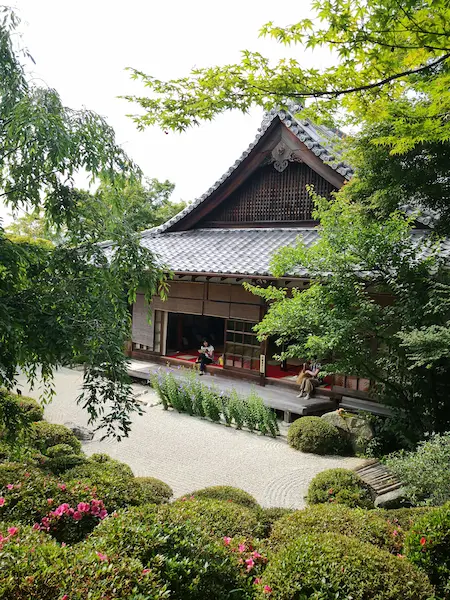
Konpukuji Temple (金福寺)
Explore Konpukuji Temple, a haven for Haiku enthusiasts in Kyoto. Founded in 864 and later revitalized by monk Tesshu in the Edo period, it’s a sacred site for Nanzenji Rinzai Zen Buddhism. Renowned poet Matsuo Basho and Tesshu forged a deep bond here, with a hermitage, “Basho-an,” as testimony. Discover the historic “O-no-Mizu” well and…
-
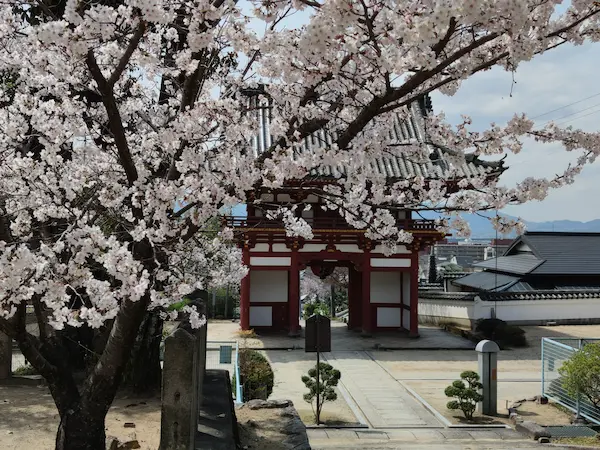
Hotoji Temple (宝塔寺)
Hotoji Temple is located south of Fushimi Inari Taisha Shrine and Sekihoji Temple. Few tourists visit here. According to temple legend, Fujiwara no Mototsune, the Kanpaku (highest ranking officer) of the time, founded the temple in the early Heian period (late 9th century). At that time, it was Gokurakuji temple of the Shingon sect of…